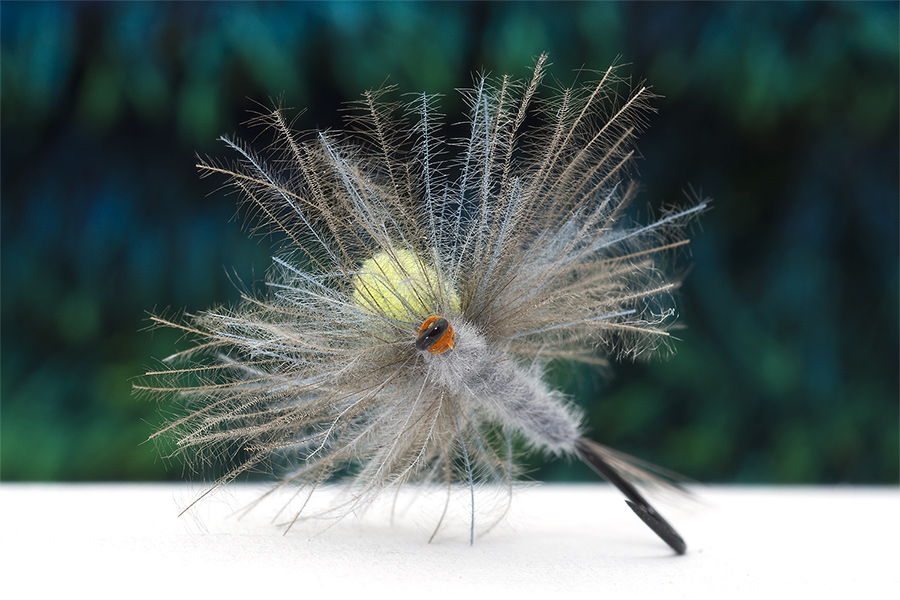
CDC Parachute flies are not the easiest flies to be made. But is you figure how to make it and if you prepare the materials firs, tying time is fun!
I love to CDC Parachute flies because they float just great. a Parachute fly will sit on the water like no other fly can do. The CDC in composition gives an extra movement and that is a decisive point to make the fish to take it.
Here are a few flies tied in this way. I hope you like them and you will start to make a few 🙂
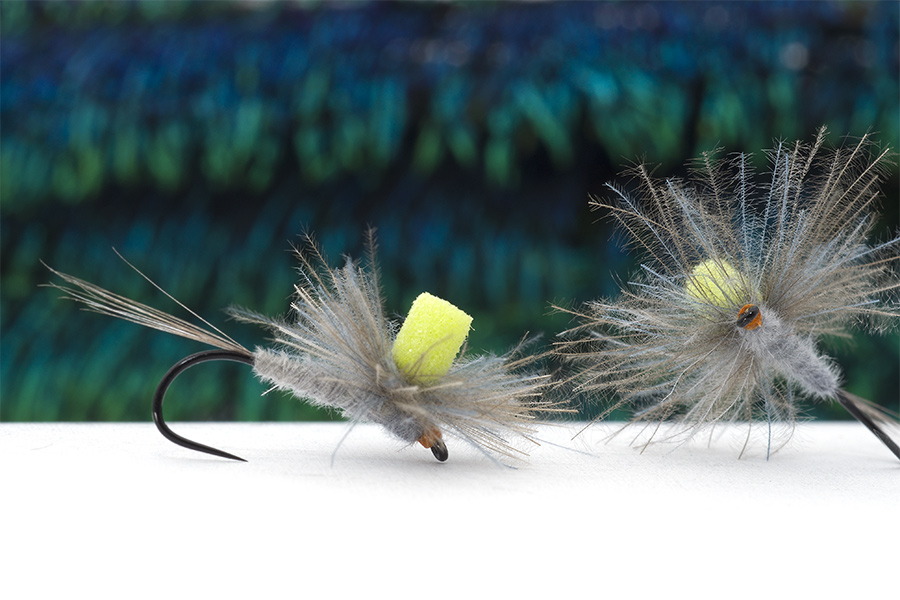
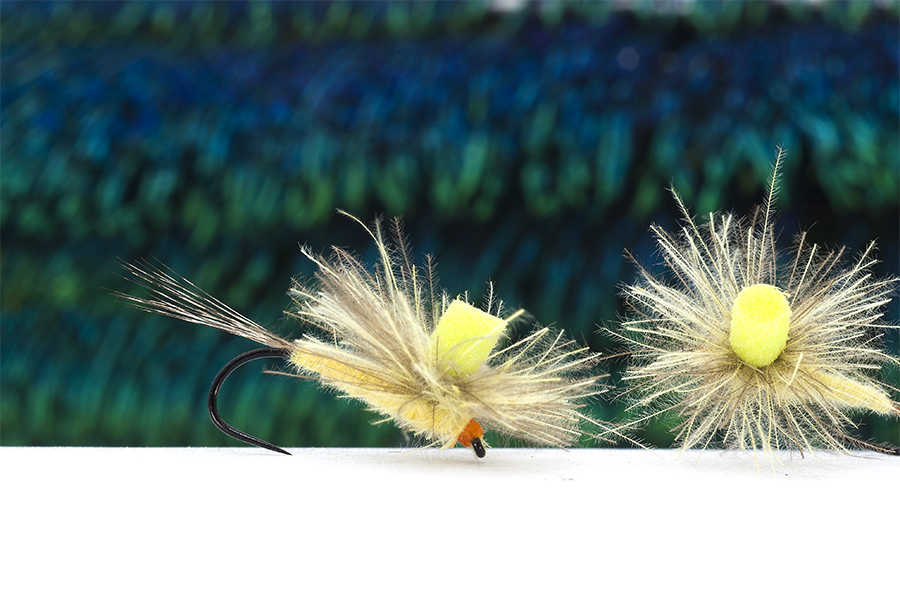
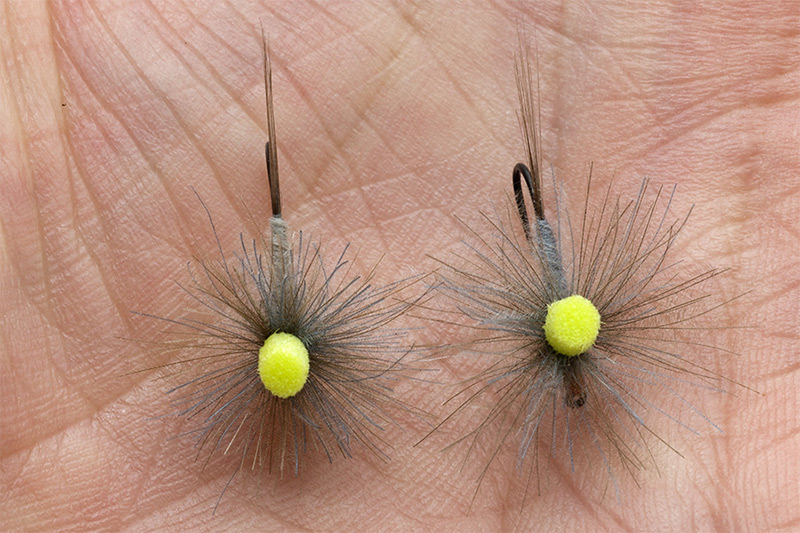
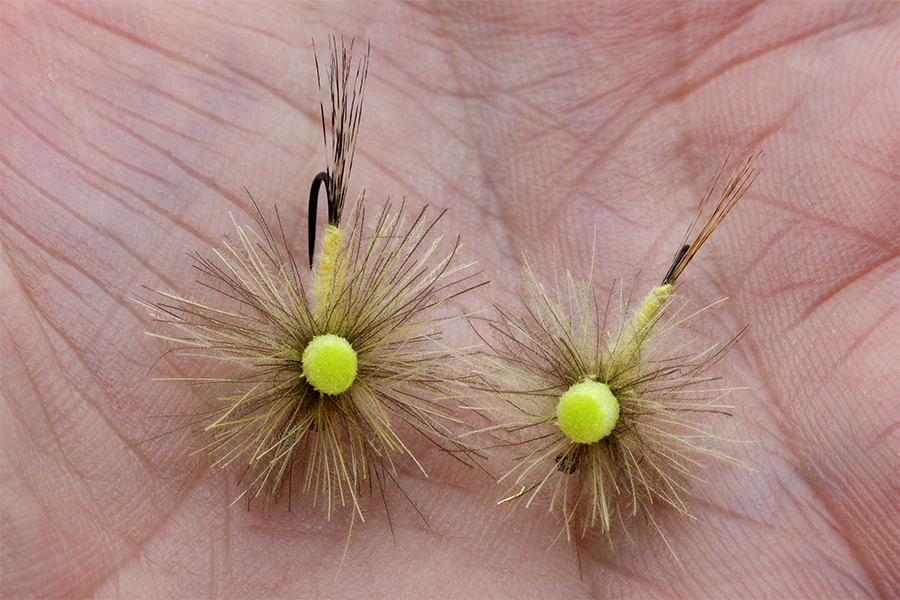
One feather or maximum 2 are used for bodies ( depending of how big is the fly. For hackle is enough the barbs from half natural grey and half dyed cdc in the same colour with body colour
My favourite cdc parachute is the olive one. On my local waters this one works the best. Of course are moment when yellow ( especially in May and June ) works better. But the all around model is the yellow and the blue dun model.
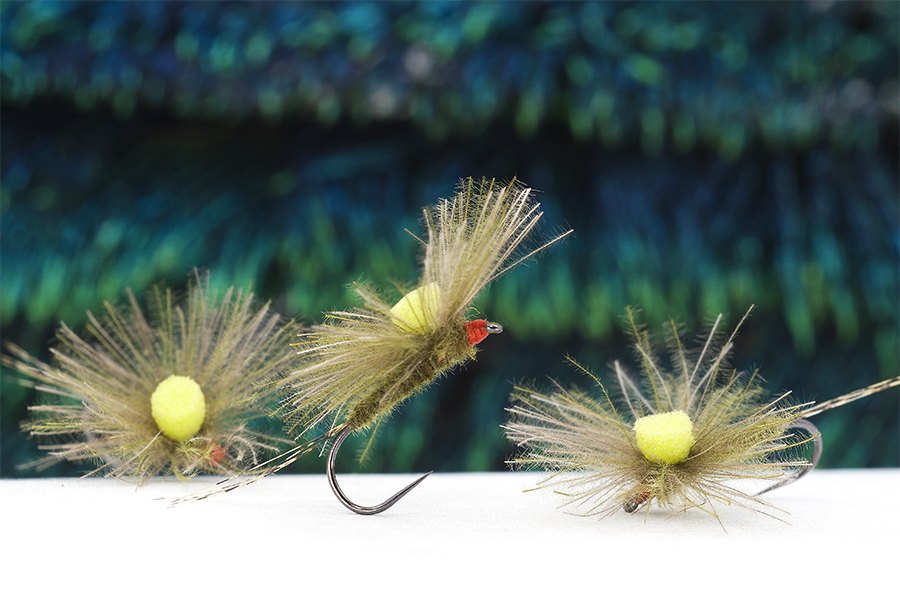
Somebody asked my why I use foam as support for hackle. I use it because if you wrap the thread will go slimmer where the hackle is forming. That means a better fixing position for hackle and will not slip in the upper position.
The result is:
- increased durability
- better water print because all hackle stays in the contact with water
- needed less cdc
- increased float ability

January 23, 2020
What’s the hackle your using
January 23, 2020
Hi Donald,
It is only CDC barbs ( 2 colors ) fixed in dubbing loop/split thread, 2 turns and that is all 🙂
February 17, 2020
can you give me the tying recipe of this flie hook ? size foam ?
best regards
February 18, 2020
Bonjour Alain 🙂
Thank you for your comment, here it is:
Hook size #10-14 ( I prefer Hanak H100 BL because is very good hook and strong enough for all kind of fish )
Body: Yellow cdc or dun cdc
Tail: made of Coq de Leon in dun or in corzuno claro
Hackle: CDC in 2 colors fixed in dubbing loop
Wing support: Foam in 2.8mm in yellow, white, orange or green – I choose the color depending how difficult is to notice the fly on certain rivers